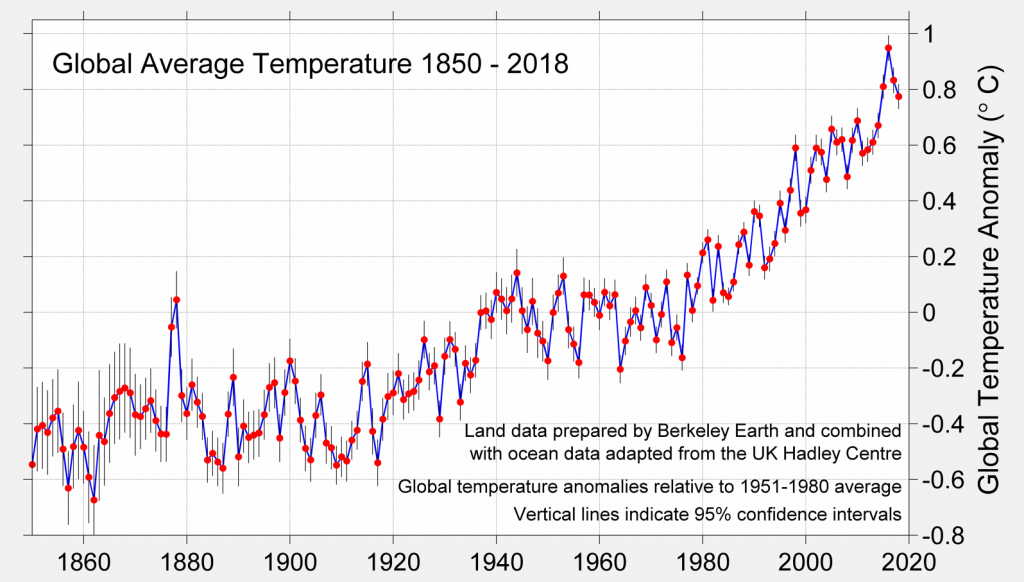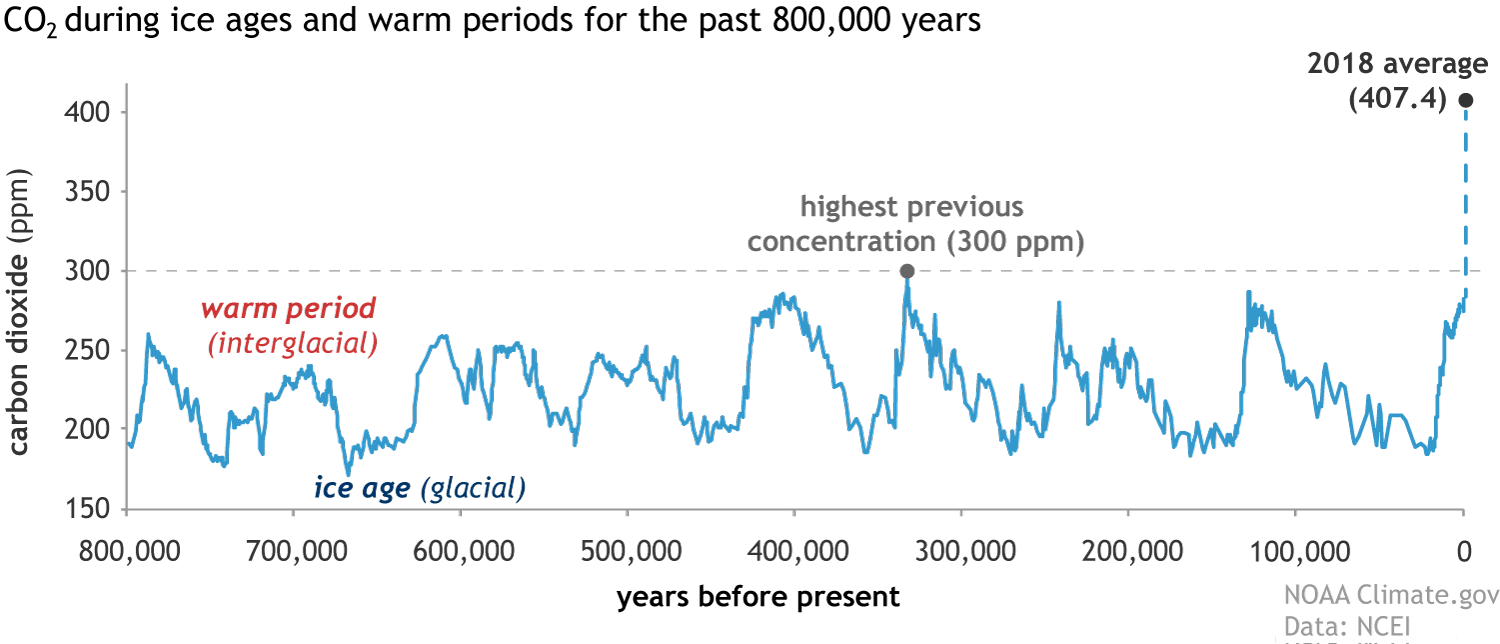crankcase
CRANKCASE
The Bourke Engine utilizes a refined Scottish Yoke mechanism to convert reciprocating motion into rotary motion (reverse roller cam). A standard Scottish Yoke has a pin that slides in a yoke and is subject to high friction and wear on both the pin and the yoke surfaces (Google, search Scottish Yoke). Russell Bourke refined the Scottish Yoke mechanism by placing a large three (3) stage bearing (he called it a slipper bearing) on the pin (called the crank pin) which virtually eliminated the friction and wear. The bearing is three (3) stages as this will allow nearly three times critical speed for his high speed engine. The mechanical aspects of this refined Scottish Yoke configuration are explained in the “Bourke Engine Documentary” on pages 41 – 44. This slipper bearing and crank pin “float” in the box formed by the rod faces and the yoke plates (there is no direct connection between the rods and the crankshaft) and the crankshaft can be 100% statically and dynamically balanced (flywheel/gyroscope). The outer and inner races of the slipper bearing are made from Ampco 18.23 (Russell Bourke used Ampco 18.22 for his engines as this was the best material available at the time – Russell stated that without this alloy, his engine would not have been possible). The middle race of the slipper bearing is heat treated steel. The Bourke Engine is a free piston engine with two (2) moving parts – the piston/rod/yoke plate assembly (reciprocating motion) and the crankshaft (rotary motion).
BEAU de ROCHAS FUNCTIONS / ATTRIBUTES
The refined Scottish Yoke mechanism was the mechanical configuration that consolidated all of Russell Bourke’s research on hydrocarbon chemistry and the power of detonation into a working engine. From his research, he knew that he had to completely vaporize the liquid fuel (break it down to atomic particles) and completely homogenize the lean (excess air) air/fuel mixture before detonation. The explanation on how he accomplished this feat is detailed in the “Russell Bourke Formula” section of this document. This mechanical configuration satisfied the Beau de Rochas intake function by sealing off the bottom of the piston area from the crankcase, using the piston skirt to open and close the intake ports to allow a fresh charge of lean air/fuel mixture to enter under the piston, and then transfer that fresh charge to the combustion chamber area as the piston is “shot” (like a projectile from a rifle) towards bottom dead center. Some critics of the Bourke Engine claimed that this intake process resulted in “pumping losses” which, if applied to a conventional internal combustion engine (ICE) would be unacceptable. However, when you are dealing with the power of detonation (from the detonation demo – a minimum of 500 times as powerful as deflagration from the same potential energy source), “pumping losses” are insignificant and are in fact required to insure complete vaporization and homogenization of the lean air/fuel mixture.
The refined Scottish Yoke mechanism also plays an important role in the “compression” and “power” functions described by Beau de Rochas. Detonation is avoided in a conventional internal combustion engine because the piston/rod/crankshaft angle under detonation conditions breaks the oil film between the piston skirt and the cylinder wall due to excessive side loading of the piston and the “ping” that is heard is metal to metal contact. Continued operation under these conditions will destroy the engine. In the Bourke Engine, the cylinders, pistons, rods, and yoke plate assembly are a PRECISION STRAIGHT THROUGH (less than 0.0005” of run out) assembly and there is no piston side loading to break the oil film which would allow metal to metal contact. HCCI/detonation in one cylinder is completely offset by HCCI/detonation in the opposite cylinder (true free piston operation). Under a no load condition, the crankpin and slipper bearing simply “float” in the box formed by the rod faces and the yoke plates and the only fuel required by the engine is what is needed to offset detonations and friction. Compression and power functions come into play after the intake function (from under the piston to the combustion chamber) has been accomplished and are explained in the “Russell Bourke Formula” section of this document. The mechanical configuration of the refined Scottish Yoke gives a “top stop” at or near top dead center for 45 degrees of crankshaft travel which allows for the complete combustion (HCCI/detonation) of the lean, completely vaporized and homogenized air/fuel mixture (two stage combustion process for the heavier fuels – HCCI data summarized in Table III and the Bourke Engine Documentary – page 104).
The “top stop” at or near top dead center identified for the compression and power functions also comes into play at bottom dead center for the exhaust function. As the slipper bearing on the crankpin rolls across the face of the rod while it is at or near top dead center (45 degrees of crankshaft travel), complete combustion (HCCI/detonation) of the lean, completely vaporized fuel and homogenous air/fuel mixture has occurred (no more flame, only heat and pressure). When the crankshaft reaches the point of mechanical advantage (22.5 degrees after top dead center) the hot (but not flaming) gasses “shoot” (like a projectile from a rifle) the piston/rod/yoke plate assembly towards bottom dead center. The exhaust ports open 5 degrees before the upper transfer ports open and the rapidly expanding exhaust gasses cool (a rapidly expanding gas cools) and the temperature of the exhaust gasses is around 200 degrees F. The upper transfer ports open 5 degrees after the exhaust ports have opened, the fresh, lean, completely vaporized fuel and homogenized air/fuel mixture hit the turbulating fins on the piston head which put the fresh mixture into cyclonic motion in the top of the cylinder.
Beau de Rochas also stated that a good internal combustion engine (ICE) should have the following attributes:
- The greatest possible cylinder volume with the least possible cooling surface. The refined Scottish Yoke mechanism allows most of the HCCI/detonation process to occur at or near top dead center and the cylinder walls are not bathed in flame as in a conventional internal combustion engine (smallest possible cooling surface).
- The greatest possible rapidity of expansion of the burning fuel. The refined Scottish Yoke mechanism allows for complete combustion (HCCI/detonation) at or near top dead center (no more burning fuel). The refined Scottish Yoke mechanism also allows the hot (not flaming) exhaust gasses to expand very rapidly as the piston/rod/yoke plate assembly is “shot” (like a projectile from a rifle) towards bottom dead center.
- The greatest possible amount of expansion of the fuel.
- The greatest possible pressure at the commencement of expansion. The 45 degree top stop at or near top dead center allows time for complete combustion (HCCI/detonation) of all the fuel. Table III provides a summary of Peter Van Blarigan’s HCCI research at Sandia National Laboratories and the only fuel that had a two (2) stage combustion process and achieved complete combustion (HCCI/detonation) was n-Pentane which had a maximum pressure of 2,100 pounds per square inch (psi).
- A minimum of moving parts. The free piston linear alternator proposed by Peter Van Blarigan had one (1) moving part. The Bourke free piston engine has two (2) moving parts – the piston/rod/yoke plate assembly (reciprocating motion) and the crankshaft (rotary motion).
- The Bourke Engine has no dead strokes and produces two (2) power strokes per revolution.
Another criticism that was levied against the Bourke Engine (still exists on the internet) was that the slipper bearing had to reverse directions as it transitioned from one rod face to the opposite rod face. As can be clearly seen from the animation, the arrows superimposed on the slipper bearing continue to rotate in the same direction as the slipper bearing ROLLS across the rod faces. Crankshaft rotation for the animation is counter-clockwise; however, the engine can be run in either direction and is only dependent on what direction it is started.
RUSSELL BOURKE’S FORMULA
The following rules from Russell Bourke’s Formula have been incorporated into the 10.842 cid engine:
- The outside diameter of the crankpin bearing must be equal in diameter to the stroke, or larger, never less.
- Counterweights need to be in the same arc as the crank pin bearing.
- Crank pin outside diameter (O. D.) must overlap the crankshaft main O. D. and both must be the same diameter.
- All Bourke Engines must use multi-sleeve bearings (slipper bearings) on the crankshaft mains.
- Route all coolant and air through the cylinders and case to have an even temperature for top performance; this is a MUST.
- The intake manifold should never be round and should equal 1 ½ or more of the cylinder capacity on the underside of the pistons.
- No gaskets are used in this engine. Precision machining, safe door facing procedures, dowel pin alignment and the extensive use of “O” rings insure positive alignment and sealing (precision, precision, precision).
- The engine utilizes a dry sump and two (2) high capacity electric oil pumps to insure a “fail proof” oiling system. There is also a duel electrical systems to insure a “fail proof” supply of electrical power.
- All clearances (except for the pistons) are standard for comparable devices.
The refined Scottish Yoke mechanism was the key that allowed for the success of the Bourke Cycle of Combustion (HCCI/detonation):
- A violent induction and transfer of an extremely lean air-fuel mixture, heat, and a partial vacuum all work together to reduce the liquid fuel to a vapor (atomic particles). Carbon in the fuel triggers the chemical change, and in the process of combustion, hydrogen from the fuel combines with the oxygen from the air when the temperature rises over 1,800 degrees F. The hydrogen/oxygen reaction is triggered by the rising temperature and pressure from the burning carbon, and the compression of a burning charge creates a controlled detonation (4,000 to 5,000 feet per second) forming water vapor and carbon dioxide.
- Detonation occurs very rapidly (4,000 to 5,000 feet per second) and the flame has died at top dead center (TDC) before the piston starts on the power stroke. The piston is not moved on its power stroke by the expansion of the flame as in conventional engines, but by a timed shock that imparts kinetic energy to the piston/rod/yoke plate assembly (as does the powder to a projectile from a gun) thereby instantly storing most of the forces into a moving mass which in turn transfers most of its kinetic energy to the crankshaft over 135 degrees of crankshaft travel –flat torque. There is less heat loss to the cylinder walls as the cylinders are not bathed in flame as in conventional engines and since the flame has died at top dead center, the rapidly expanding exhaust gasses cool (refrigeration cycle – around 200 degrees F exhaust gas temperature – fuel dependant).
- Not all of the kinetic energy stored in the piston/rod/yoke plate assembly is utilized by the crankshaft as there must be a residual amount left to allow the HCCI/detonation process occurring in the opposed cylinder to cushion and stop the piston/rod/yoke plate assembly as the crank pin bearing rolls across the face of the rod. There are no cushioning or stopping forces imposed on the crankshaft, it simply floats in the box that is formed by the rods and yoke plates. All of the cushioning and stopping forces are absorbed within the piston/rod/and yoke plate assembly.

Global Warming
The chart shows the increase in global average temperature from 1850 to 2018.
Source: Berkeley Earth
Carbon Dioxide In Our Atmosphere
Read all of the scientific reports!!!!!! We are at 415 parts per million, more than anytime in the last 800,000 years. The Bourke Engine using fuel from algae for all transportation and distributive power generation will reduce our carbon footprint for these activities by AT LEAST 85%.


WAKE UP WORLD, WE ARE KILLING OUR PLANET!!!!
2019 – Was the Second Hottest Year on Record!!!!
Global Ocean Acidification
As our oceans absorb excess carbon dioxide, the carbon dioxide reacts with the sea water forming carbonic acid which is changing the pH of our oceans making them more acidic. Research is ongoing as to how the increased acidic level of our oceans is affecting corals and marine life.
Source: IPCC 2007
©2019 Copyright Bourke Engine Project, LLC
All Rights Reserved. All of the information contained within this website can be used, with permission, by any other website providing that the requesting party agrees to the terms and conditions as described in the PERMISSION FORM.
© Copyright 2019-2023 Designed by Lynn


